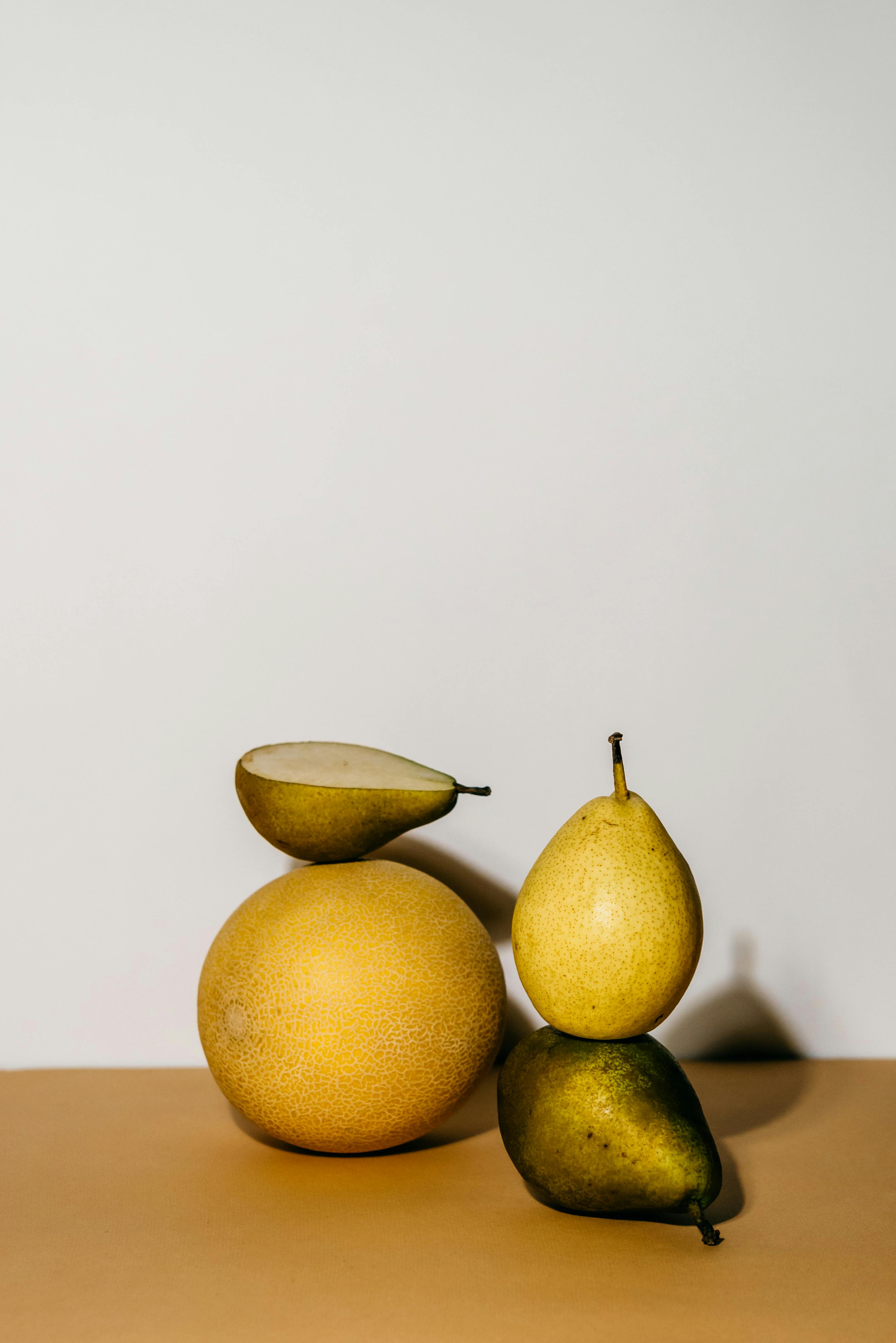Effective Ways to Follow a Low Purine Diet: 2025 Guide

Introduction to the Low Purine Diet
The low purine diet has gained significant attention in recent years, particularly as a crucial dietary strategy for individuals managing gout. Gout is a type of arthritis characterized by painful flare-ups, often caused by high levels of uric acid in the body, which is a byproduct of purine metabolism. Purines are substances found in many foods, particularly in meats, seafood, and some alcoholic beverages. Following a low purine diet can help reduce these uric acid levels, leading to fewer flare-ups and better overall health.
This article serves as a comprehensive guide to effectively following a low purine diet, detailing its benefits, specific foods to avoid, and providing practical recipes. By understanding purine-rich foods and implementing dietary changes, individuals can successfully navigate their dietary needs while still enjoying a variety of meals. We will also explore low purine snacks, meal plan ideas, and vital tips for incorporating low purine living into daily routines.
Key benefits of adhering to a low purine diet include reducing inflammation, improving heart health, and promoting weight management, which are all crucial for those affected by gout. In the following sections, we will delve into various strategies, recipes, and tips to maintain this lifestyle effectively.
Understanding Purines and Their Impact on Health
What Are Purines?
Purines are nitrogen-containing compounds found in many foods. When the body breaks down purines, it produces uric acid. While uric acid can be beneficial in moderation, excessive amounts lead to gout and other health problems.
How Purines Affect the Body
Understanding how purine consumption affects health is vital for managing gout. Elevated uric acid levels can lead to inflammation, joint pain, and other complications. Additionally, a high intake of purine-rich foods can trigger kidney problems and cardiovascular diseases.
Common Misconceptions About Purines
Many individuals mistakenly believe that all foods containing purines should be strictly avoided. However, it's essential to differentiate between high, moderate, and low purine foods. Not all purine sources have the same effects on uric acid levels, and some, like certain vegetables and dairy products, can be beneficial.
Benefits of a Low Purine Diet
Managing Gout Through Diet
A balanced low purine diet is imperative for managing gout effectively. By decreasing dietary purine intake, individuals can lower their uric acid levels and minimize the risk of painful flare-ups. This approach not only alleviates symptoms but also promotes overall wellbeing.
Reducing Inflammation with Dietary Changes
Adopting a low purine lifestyle comes with a host of anti-inflammatory benefits. Incorporating foods rich in omega fatty acids, like fatty fish, and a variety of fruits and vegetables can combat inflammation, aiding in managing gout.
Weight Management and Heart Health
Additionally, a low purine diet can assist with weight management, which is crucial for gout sufferers. Carrying excess weight increases stress on joints and can elevate uric acid levels. Engaging in heart-healthy practices, including a low purine diet, can also provide long-term benefits for cardiovascular health.
Essential Low Purine Foods and Meal Planning
Low Purine Foods List
When crafting a low purine meal plan, it's helpful to begin with a solid list of foods to include. Key low purine foods are:
- Fruits: Apples, cherries, oranges, and strawberries
- Vegetables: Carrots, cucumber, and bell peppers
- Whole grains: Brown rice, quinoa, and oats
- Low-fat dairy products: Yogurt and skim milk
- Nuts and seeds
Low Purine Meal Prep and Cooking Tips
Learning low purine cooking techniques can enhance meal variety while maintaining flavor. Employ methods such as steaming, baking, or grilling instead of frying to reduce unhealthy fat consumption. Utilizing spices and herbs can elevate flavor without adding high purine content.
Sample Low Purine Breakfast Ideas
Start your day right with a low purine breakfast! Some good options include:
- Oatmeal topped with fresh fruits
- Low-fat yogurt with nuts or seeds
- Whole grain toast with avocado
Low Purine Recipes for Every Meal
Healthy Lunch Ideas for Gout Sufferers
A nutritious lunch can go a long way in maintaining energy and managing gout symptoms. Consider crafting a quinoa salad topped with assorted low purine vegetables and a light vinaigrette or a vegetable stir-fry paired with brown rice. These meals can be satisfying and aid in keeping uric acid levels stable.
Delicious Dinner Options
When planning dinner, lean towards grilled chicken or fish served with a generous side of steamed vegetables. Pasta dishes made with whole-grain noodles, topped with tomato-based sauces, can also make a delightful low purine meal.
Low Purine Snacks for Between Meals
There's no need to sacrifice snacking while on a low purine diet. Opt for snacks like carrot sticks with hummus, low-fat cheese with whole-grain crackers, or a handful of fresh berries to keep your energy levels up throughout the day.
Conclusion: Making Low Purine a Lifestyle
By understanding the importance of a low purine diet and implementing the guidelines discussed, individuals can manage gout effectively and improve their overall quality of life. Consistently incorporating low purine snacks and meals into daily routines is essential for long-term success.
Embrace the benefits of healthy eating for gout, ensuring you maintain a balanced and diverse diet. With this guide, you can actively participate in your dietary management and reduce the potential for high uric acid levels.